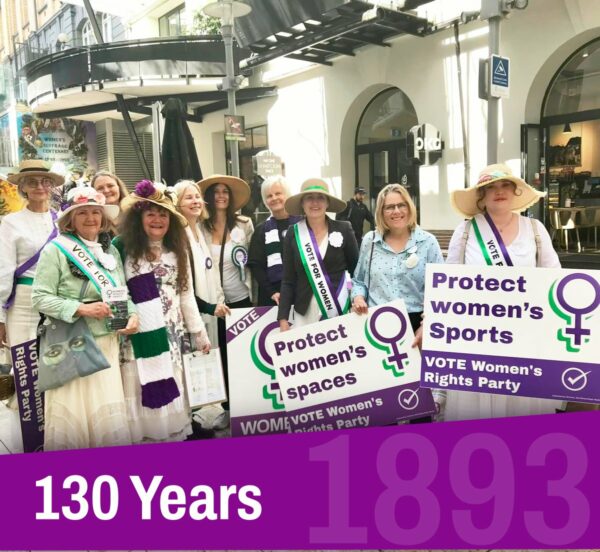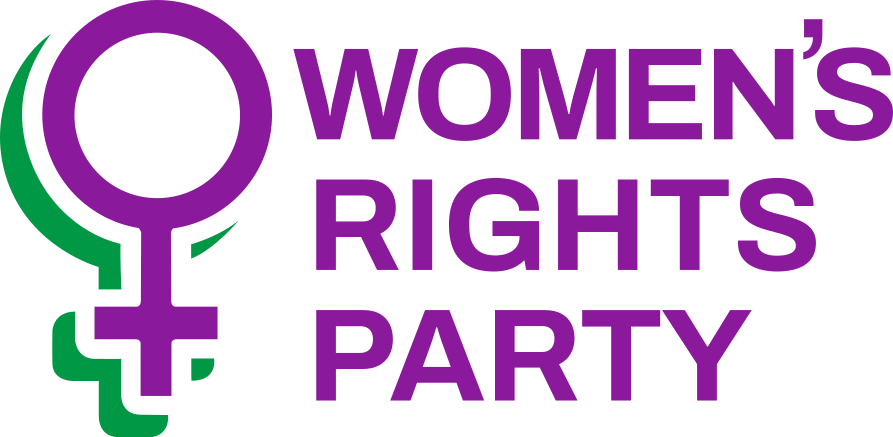Most years women attend early breakfasts on Suffrage Day (Tuesday, 19 September) to listen to speeches from high profile women celebrating the successes of women in business, the Public Service and politics.
After all we currently have 58 women in the New Zealand Parliament, making up 48% of MPs. And women make up just over 50% of those on New Zealand public sector boards.
But while women at the top are doing well, little has changed for those women who clean the halls of power, sole women bringing up their children, or women in retirement struggling to survive on the pension with little or no savings.

Co-leader Jill Ovens says women’s rights have been eroded in recent years by legislation that puts women’s and girls’ privacy and safety at risk, the erasure of the word “women” from our language, and workplace policies that prevent women from speaking out.
In the name of ‘inclusivity’, women and girls are being excluded from schools, universities, political parties and workplaces
That’s why the Women’s Rights Party commemorated Suffrage Day with actions that recalled the determined efforts of those who won the right for all women to vote, both here in New Zealand, and in the United Kingdom, where universal suffrage was not attained until 1928.
“We unfurled banners over motorway bridges, collected signatures on a replica Suffrage petition, and joined with LAVA (Lesbian Action for Visibility in Aotearoa) in a rally outside the Ministry of Women’s Affairs,” Ms Ovens said.
Chimene del la Varis, Women’s Rights Party co-leader, is producing a second edition of the podcast “The White Camellia” focussing on women’s suffrage in Aotearoa.
Suffragists gave white camellias to their supporters to wear in Parliament during the passing of the Electoral Act in 1893. Since then, the flower has become the symbol of New Zealand women’s suffrage movement.
Some Facts About The Women’s Vote In New Zealand
In the 2020 Election, 2.895 million people voted. 5% of that is approximately 145,000 votes.
In the 1893 Election, 10 weeks after women won the right to vote, 90,290 women voted.
Some have noted that there are many older people supporting the Women’s Rights Party. But of those who voted in 2020, 685,000 were aged over 65 and more than half of these are women. 90% of this age group voted, compared with 75% of under 40s.
Don’t write off the Women’s Rights Party. If women, and men, use the power of their vote to support women this Election, the Women’s Rights Party could achieve the 5% threshold.
We are not showing up in the polls as the question is not being asked: “Are you going to give your Party vote to the Women’s Rights Party?”
